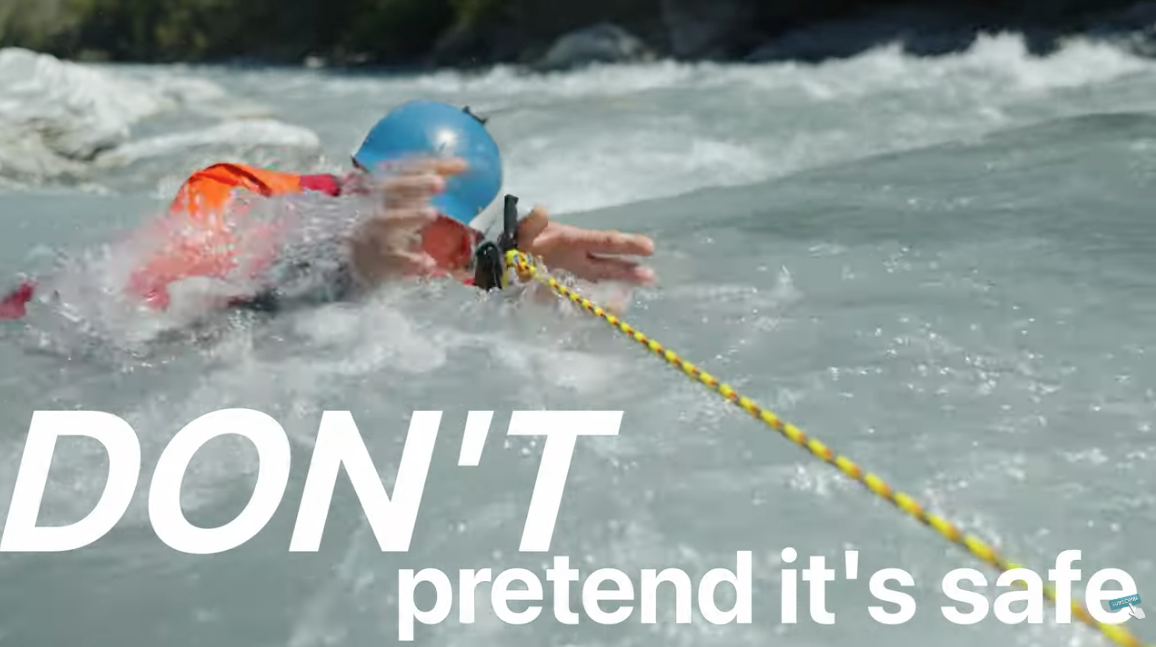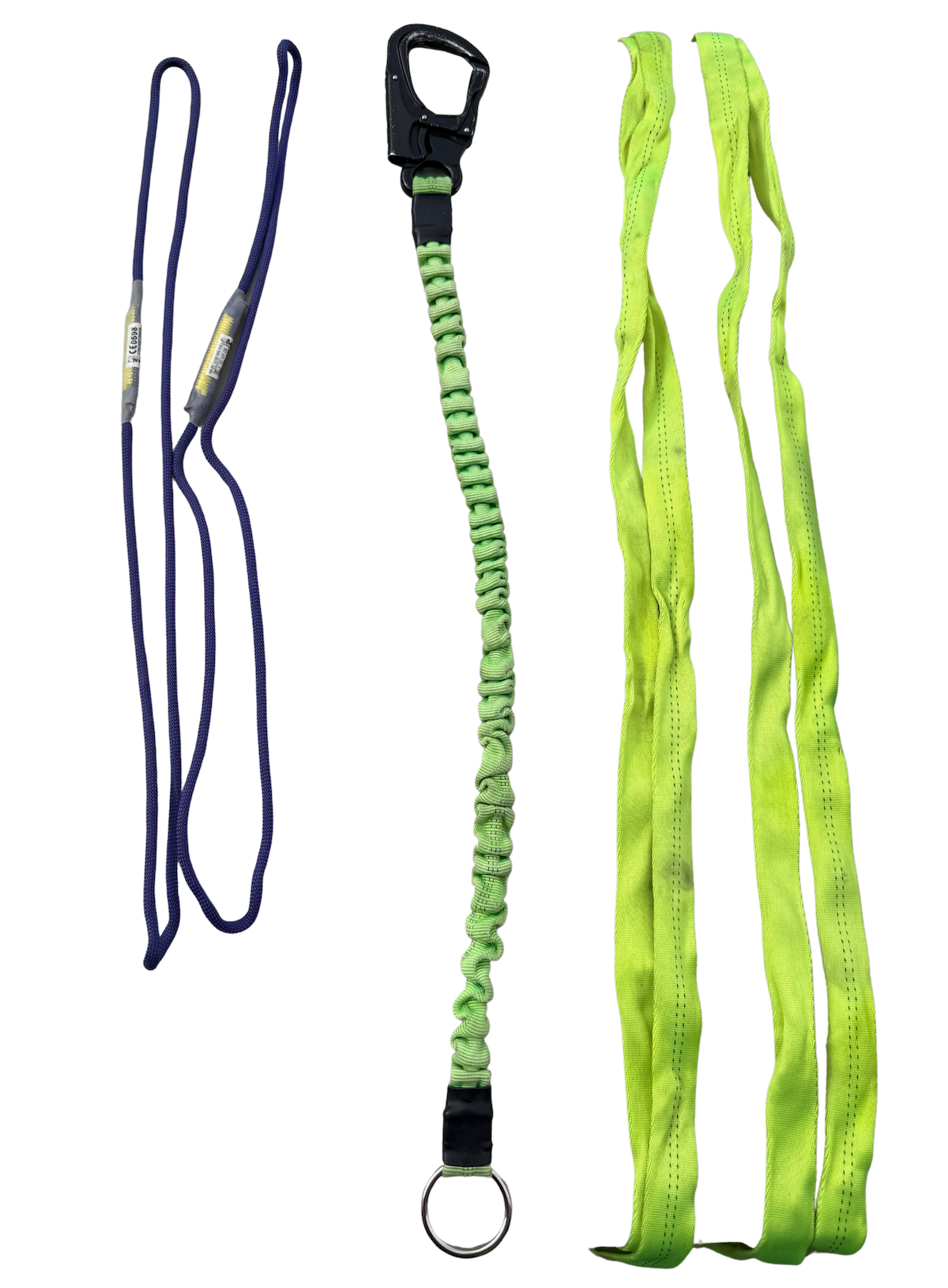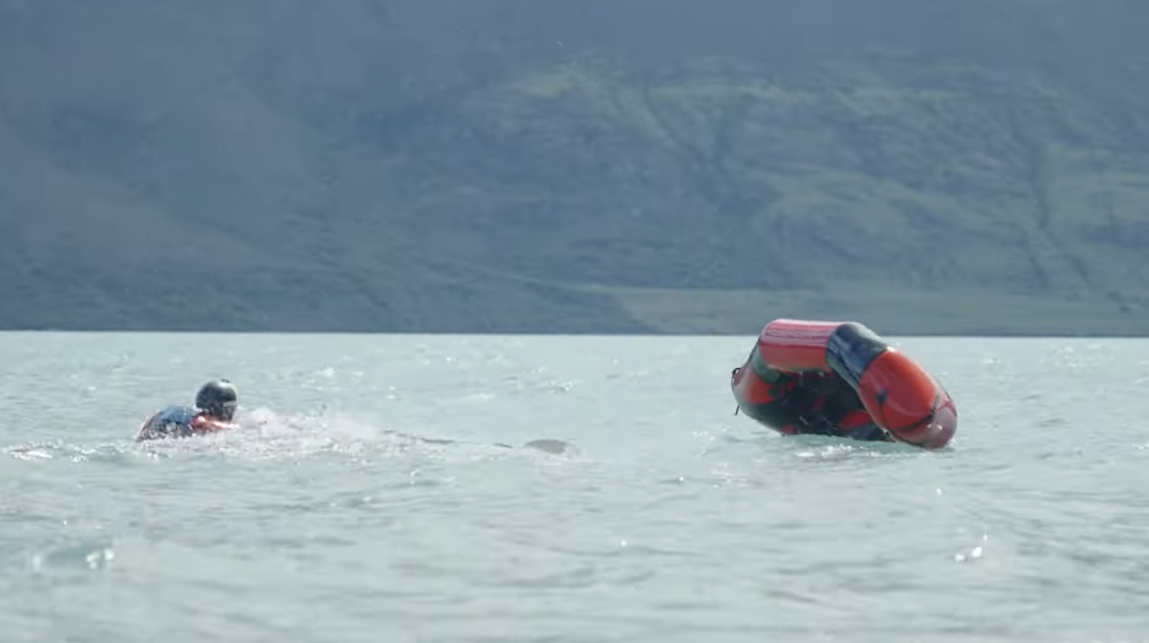

When we released our Be WaterWise video on leashes, we hoped it might spark some discussion, and it did. In fact, it’s become one of the most talked-about topics in our campaign so far. Some paddlers told us the video was confusing. It showed a leash being used in moving water, followed by the message “Leashes belong on open water crossings,” which didn’t clearly say “Don’t use leashes on rivers.” Others said it made them stop and think, which was exactly the point.
Our packrafts are by far our best source of flotation. In the event of a capsize, it is crucial to hang onto the boat. In fact, practicing capsizes under controlled conditions, grabbing the boat and reentering it can be a valuable, if not life-saving skill.
But the issues surrounding a leash attached to the boat (not the paddle) is complicated. Leashes are complicated. They’re one of those pieces of gear that seem simple until you start unpacking where, when, and if they belong in packrafting. The video shows how quickly a leash can become dangerous. The footage of the paddler getting caught in the leash was intended as a visual warning, showing how quickly a simple choice can become dangerous.
But we understand why it caused confusion. The transition from that moment to the closing text about open water didn’t make it clear that leashes have a place. Rather than delete or redo the video, we’re choosing to leave it up and talk about it. Because that’s what this campaign is about: starting real conversations about risk.
This discussion has already done exactly what we hoped it would do. It’s prompted paddlers across the world to share experiences, reflect on decisions, and question long-held habits. It prompted paddlers from New Zealand to North America to debate best practices, share experiences, and reflect on their own choices. Some even said they’d never thought much about leashes before watching.

Let's pause for a minute and clarify what a leash actually is. We’ve seen confusion on this topic in the packrafting world, with many talking about cow tails, grab lines or any length of rope as a leash. A leash, or tether, is a fixed line that connects a paddler to their boat or paddle, often attached to the paddler’s wrist or the releasable belt on a Type V rescue vest. While many would not consider a cow tail a “leash,” NRS describes the cow tail as a tether.

On large rivers, rivers with continuous current or retentive holes, the swimming packrafter could become not only separated from their boat, but unable to retrieve it. Even a small hole can provide an empty packraft with an “infinite surf.”
The primary concern is that leashes, as well as any other loose cords or ropes, can become entangled on rocks, trees, or debris in the river. A leash can also entangle a swimmer, preventing them from swimming to shore or reentering their boat.
Quick-release hardware doesn’t necessarily solve the problem, because they don’t always release. This is especially true with rescue vests—the belt is only designed to release under tension directly behind the vest; a lateral load does not release as well.
A leash simply adds another line in the water = another potential entrapment or entanglement. As Luc Mehl notes in his 2022 article on the Alpacka Raft blog, leash entanglement is a serious risk in moving water and has been a factor in multiple several packrafting fatalities.
The issue of using a leash attached from boat to Type V PFD with quick release belts is a hot topic among packrafters. There may be ways to fashion a leash that could be quickly released from the PFD (fastex buckle, quick release knot). We welcome any input from our readers.
Sometimes, a leash can make sense. In strong wind or waves, being separated from your boat can be more dangerous than entanglement. A short, releasable leash can help you stay connected to your raft during crossings.
You need to weigh the risks based on conditions, your skill level, and your ability to self-rescue.
It’s a personal judgment call. As one of our Education & Safety Committee members said, “If it’s windy enough to need a leash, maybe that’s a sign the conditions are already too dangerous.”
Huw Miles of Packrafting Queenstown shares his perspective: "I always use a quick-release cow’s tail on open water crossings. I’ve seen the wind flip rafts before, and obviously this has killed a few packrafters. I’m confident I can keep hold of my paddle, so I’m not inclined to use a paddle leash—but I don’t want to get separated from my boat and wait for my body temperature to drop to the point of swim failure. That doesn’t sound fun.”
This conversation is not new. Sea kayaking has wrestled with leash use for decades, and while the debate is still ongoing, there’s a general consensus among experienced paddlers that a leash can be useful on open water crossings, even though they introduce an entanglement hazard.
Near shore, or in areas with current, surf, or rocks, leashes are not recommended. These conditions create a dynamic environment more similar to rivers, where the risks of entanglement outweigh the benefits.

Unlike a PFD, which we should always wear, the decision to use a leash should be made based on current conditions—not habit. Always consider the environment, your skills, and the consequences of entanglement before choosing to use one.
Reflect before you paddle. Ask yourself: what’s the actual risk in this environment — losing my boat, or getting tangled in it? Where the risks of entanglement outweigh the benefits, leave the leash behind.
We hope to expand the Be WaterWise series with deeper dives on complex topics like this one, through longer videos, blogs, and community discussions.
In the meantime, we encourage you to:
The goal isn’t to hand out absolutes. It’s to build a culture where paddlers are informed, cautious, and willing to ask questions about gear, conditions, or decisions that might seem simple. That’s at the heart of what we do: helping every paddler develop the judgment, skills, and awareness to explore safely while respecting the rivers and communities they paddle.